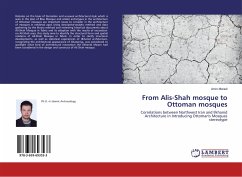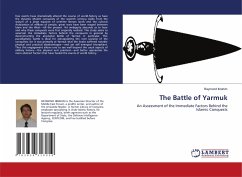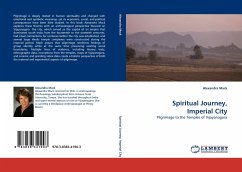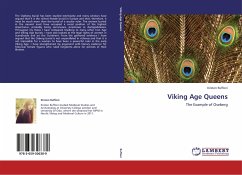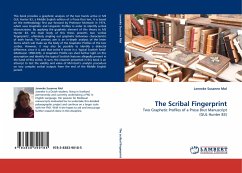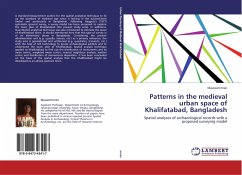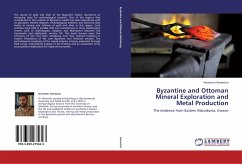
Byzantine and Ottoman Mineral Exploration and Metal Production
The evidence from Eastern Macedonia, Greece
Versandkostenfrei!
Versandfertig in 6-10 Tagen
51,99 €
inkl. MwSt.

PAYBACK Punkte
26 °P sammeln!
The source of gold and silver of the Byzantine Empire represents an intriguing issue for archaeological research. One of the regions that contributed to the creation of Byzantine wealth has been Macedonia with its abundant mineral deposits. Archaeological evidence and historical data testify to mining and refining of gold and silver in this region. Such activities were held in parallel with iron manufacture in some metallurgical centers such as Siderokapsia, Angistro and Makrychori between the fourteenth and eighteenth century AD. This book focuses upon the remnants of iron and silver metallur...
The source of gold and silver of the Byzantine Empire represents an intriguing issue for archaeological research. One of the regions that contributed to the creation of Byzantine wealth has been Macedonia with its abundant mineral deposits. Archaeological evidence and historical data testify to mining and refining of gold and silver in this region. Such activities were held in parallel with iron manufacture in some metallurgical centers such as Siderokapsia, Angistro and Makrychori between the fourteenth and eighteenth century AD. This book focuses upon the remnants of iron and silver metallurgy from four relevant locations in Eastern Macedonia of the Late Byzantine and Ottoman periods. The technological complexity of the metals industry is being evaluated through field survey, instrumental analysis of the findings and an assessment of its socio-political implications for regional economies.



